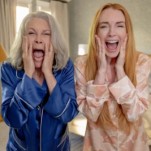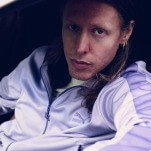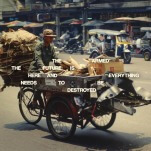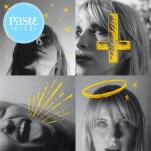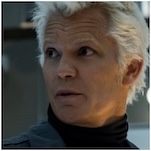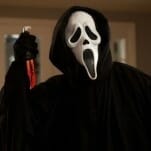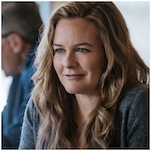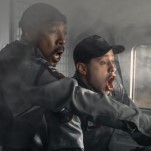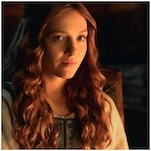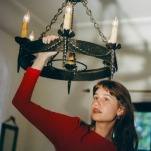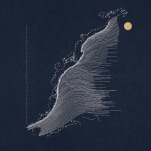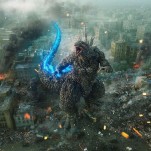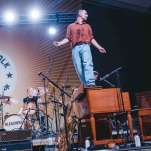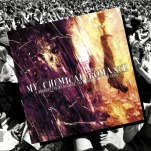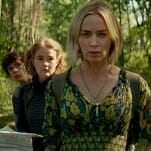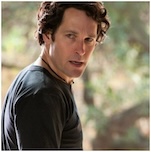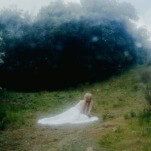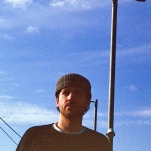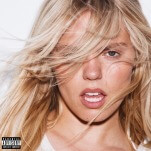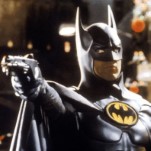Remembering Robbie Robertson, Who Sacrificed His Ego For the Music
Photo by Bob Berg/Getty Images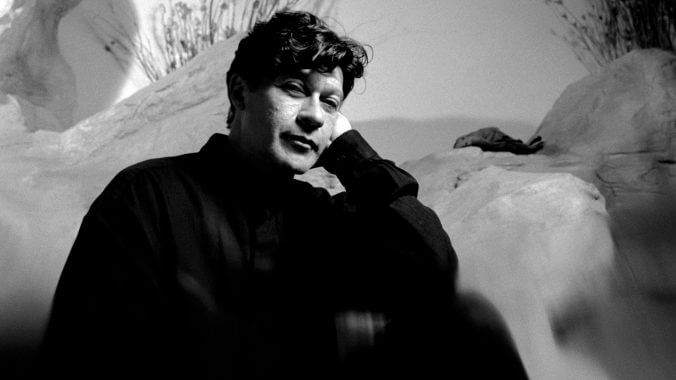
Robbie Robertson, who died Wednesday at age 80 after a long illness, was a man of many talents. One of the most crucial and least appreciated was his ability to check his own ego.
Here was a man who worked closely with Bob Dylan between 1965 and 1967 and blossomed beneath that heat lamp as one of his generation’s finest songwriters. But Robertson didn’t follow the era’s paradigm, that the songwriter should sing the songs—a concept more or less established by Dylan himself. Instead Robertson turned over the songs he wrote to his colleagues in the Band: Levon Helm, Rick Danko and Richard Manuel.
In one sense that was an easy decision. Helm, Danko and Manuel were, as Bruce Springsteen commented in the 2020 documentary Once Were Brothers, “three of the greatest white singers in rock history—any one of them would have been enough to carry a great band. With all three of them, they were loaded for bear.”
On the other hand, it must have been hard to create songs as powerful as “The Weight,” “The Night They Drove Old Dixie Down,” and “It Makes No Difference” and allow audiences to cheer for the singers while playing guitar in the background. Many a songwriter has been unable to make that sacrifice, but the modestly voiced Robertson made the right choice.
“When I wrote a song,” he told me in 2020, “I knew who was going to sing it, because I was casting a movie. It was like Bergman using the same actors in different roles for each film.”
The same self-control was true of Robertson’s guitar playing. Dylan once called him “the only mathematical guitar genius I’ve ever run into who does not offend my intestinal nervousness.” Robertson was one of those guitarists—like Keith Richards, Jimmie Vaughan, Jimmy Nolen, Leo Nocentelli, J.J. Cale and Steve Cropper—who channeled their gifts into riffs and fills and left the soloing to the show-offs.
It’s the noodling solos that get the cheers, but Robertson apparently reacted to guitar solos the way most people react to drum solos. Once again, he checked his ego, and the music was better for it.
This restraint doesn’t mean that Robertson let people walk over him. He was an ambitious man, who knew how to make the most of his collaborations with Dylan and filmmaker Martin Scorsese when the opportunities arose.
In his surprisingly well written memoir, 2016’s Testimony, he claims that he often tried to get his colleagues in the Band to write some songs or co-write with him, but they never followed through. And when recording projects foundered, he—much like such contemporaries as Paul McCartney, Mick Jagger and Carl Wilson—was the taskmaster who pushed things along. That often caused resentment, but it also produced results.
“Somebody had to do the songwriting,” he told me. “That had been my job all along, even back when we were with Ronnie Hawkins. Because I’d been writing songs, I knew how to do it. For a long time, I thought they were being lazy, and I had to do all the work. But then I realized that some people write songs, and some people don’t. Ringo doesn’t write songs; Charlie Watts doesn’t write songs. Other people can’t help but write songs. That’s fine; that wasn’t Levon’s job.”
He was born Jaime Royal Robertson in Toronto on July 5, 1943, to a Mohawk/Cayuga Indian mother and a Jewish gambler father. Listening to R&B, country and early rock’n’roll on the all-clear stations blasting across the border from Tennessee, the young kid fell in love with the music of the American South and taught himself how to play it on guitar.
-

-

-

-

-

-

-

-

-

-

-

-

-

-

-

-

-

-

-

-

-

-

-

-

-

-

-

-

-

-

-

-

-

-

-

-

-

-

-

-




